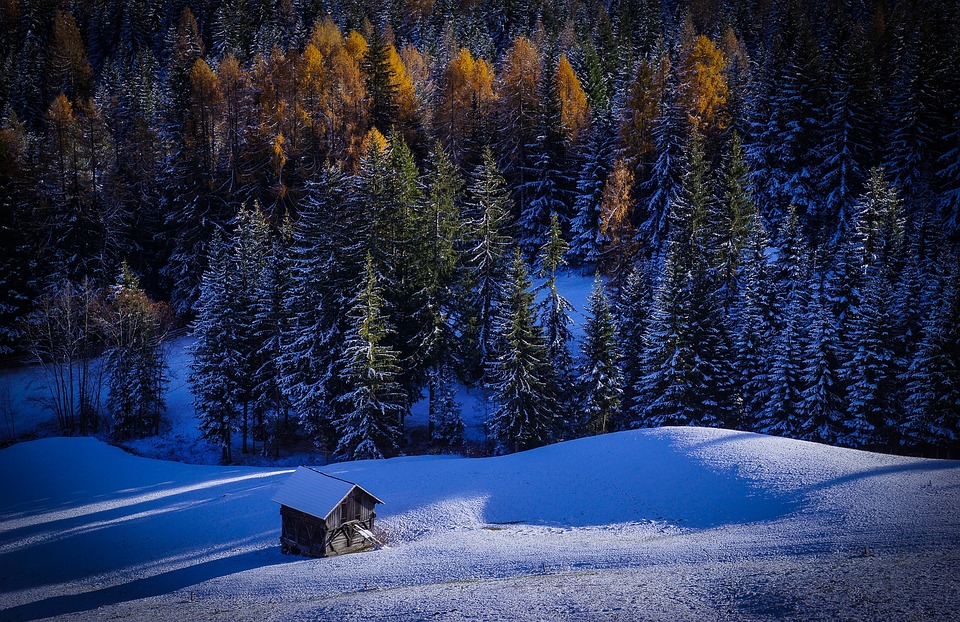Stealthy Hunters: Five Extraordinary Facts About Jaguars to Astonish You
Majestic, powerful, and enigmatic, jaguars are one of the most fascinating creatures to grace our planet. Often considered one of the most skilled hunters in the animal kingdom, these big cats are shrouded in mystery and earned a spot of fame in ancient cultures. In this article, we’ll unveil five extraordinary facts about jaguars that will leave you in awe. Meanwhile, we’ll include an eye-catching image of this captivating beast for visual benefit.

-
Jaguars have incredibly powerful jaws:
Jaguars possess the strongest bite force among living felids, and this feature sets them apart from other big cats. Their jaw strength allows them to easily pierce the tough skull and shell of armadillos and bite through the skull of their prey. A jaguar’s jaws can exert a force of up to 1500 pounds per square inch, which is more powerful than a lion or tiger bite! -
They’re excellent swimmers:
Despite being primarily terrestrial, jaguars are excellent swimmers and frequently venture into rivers and lakes. Their swimming capabilities enable them to hunt in aquatic environments and prey on animals like turtles, capybaras, and even caimans. The jaguar’s ability to swim seamlessly through water and glide onto the riverbank makes it a truly astonishing predator. -
Jaguars are adept climbers:
Much like leopards, jaguars are skilled climbers. Their nimble movements allow them to scale trees and even balance on branches. This exceptional climbing ability enables them to escape from danger, stalk prey, or settle into a comfortable resting spot. Jaguars may also use trees as vantage points to survey their territory. -
The symbol of power and spiritual significance in ancient cultures:
The jaguar has long been a symbol of power, ferocity, and dedication linked to the gods in the ancient Mayan culture. They believed that jaguars were symbols of power and a conduit between the earthly and spiritual realms. Jaguars were often depicted carved into temple walls, pottery, and jewelry, showcasing their spiritual significance. - A decline in their numbers due to habitat loss and poaching:
Despite being one of the most awe-inspiring animals on Earth, jaguars face an uncertain future due to habitat loss caused by logging, farming, and development and are threatened by poaching. Conservation efforts are needed to ensure the survival of this striking cat species in the wild.
FAQs:
Q: How do jaguars hunt primarily?
A: Jaguars often ambush their prey. Their stealth and camouflage make them excellent at silently stalking their prey until the perfect moment to strike.
Q: What is the jaguar’s habitat?
A: Jaguars primarily inhabit the dense rainforests of Central and South America, though they can also be found in a variety of habitats like swamps, deserts, and savannas.
Q: How many jaguars are there in the wild?
A: A recent study estimates that there are around 15,000 jaguars left in the wild, a fraction of their historic range.
Q: Are jaguars social or solitary animals?
A: Jaguars are mostly solitary animals; males usually only come together for mating and the females take care of their cubs on their own.
Hopefully, you find these five exciting facts about jaguars truly astonishing! To preserve these magnificent creatures, we have to continue supporting conservation efforts, protect their habitats, and raise awareness about the importance of these stealthy hunters.


